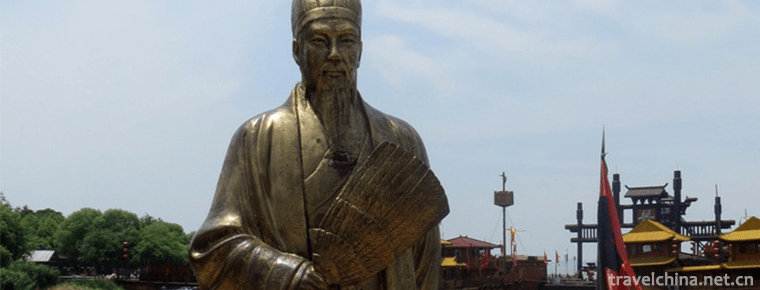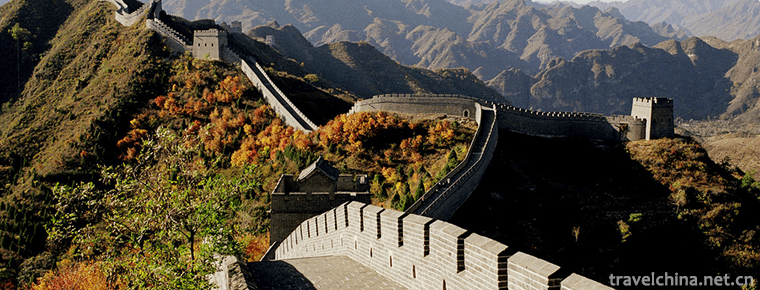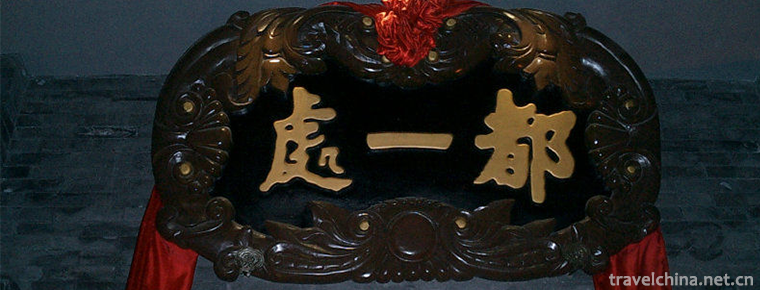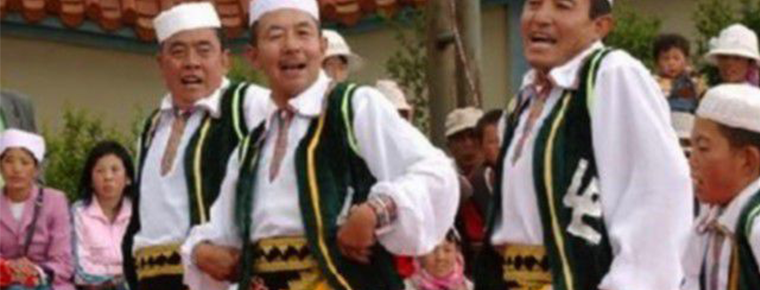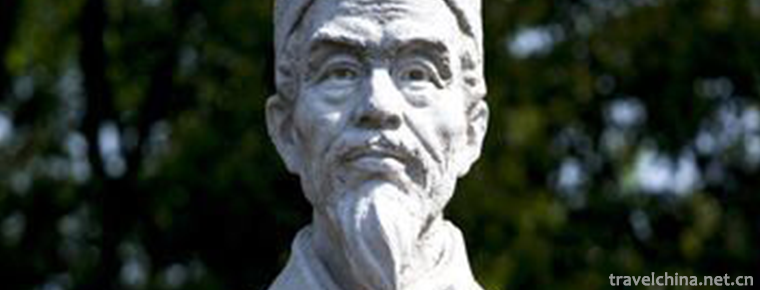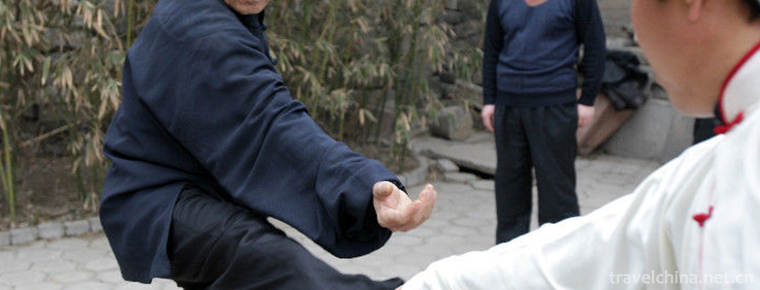Eight treasures taro
Eight treasures taro
Babao taro paste is one of the local traditional sweet spots in Fujian cuisine. This dish is delicate, soft, sweet and delicious. It looks like a cold dish but burns its mouth. It has a unique flavor. It is often served at feasts on auspicious occasions.
Characteristics of dishes
This dish is delicate, soft, sweet and delicious. It looks like a cold dish, but it burns its mouth. It has a unique flavor. There are many such dishes at feasts.
Allusion
It's famous for an interesting story. In the seventeenth year of Qingdaoguang (1839 A.D.), Lin Zexu, the imperial minister, went to Guangzhou to ban smoking. In order to ridicule Chinese officials, consuls from Britain and the United States specially prepared western cold dishes in an attempt to make Lin Zexu look ugly when eating ice cream. Afterwards, Lin Zexu set up a grand feast of "Respect". After a few cold dishes, a dish of dark gray and shiny, dark brown and smooth, without steaming, is served as a cold dish. A foreign consul spooned it into his mouth, burning his eyes straight, and the other guests were shocked. At this time, Lin Zexu carelessly introduced that this is a famous dish in Fujian Province of China called taro paste.
Material Science
Taro 500g, bean paste 100g, decorative preserves (sugar lotus seeds, red and green silk, raisins, green plum, etc.) appropriate amount.
Seasoning:
(A) Two spoons of sugar and two spoons of salad oil;
(B) Three spoons of sugar, one cup of hot water;
(C) Half a spoonful of dry starch and half a spoonful of water.
practice
1. Peel and slice taro, wash it, wrap it in microwave film (do not drip dry). Heat it over high heat for 8 minutes until chopsticks can penetrate. After taking it out, press it into mud shape with knife back and add seasoning (A) and mix well.
(2) Take a medium bowl, put a layer of salad oil on the inside, then arrange the decorative preserves into a circle, fill in half of the taro paste, put the bean paste in the center, then fill the remaining taro paste with flattening, cover with microwave film, heat for 3 minutes, take out and buckle on the plate.
(3) Put seasoning (B) into the container, heat it for 2.5 minutes at high temperature, add seasoning (C) and mix well. Continue to heat for 20 seconds and take it out. Sprinkle it on taro paste while it is hot.
To make this dish, first peel Fuding taro, wash it and cut it into pieces. Steam it in a drawer for about an hour. Remove it and press it into mud with a knife board. Take care to pick out the thick ribs at this time. Then put the taro paste in a bowl, add sugar and cooked lard, mix well with clean water, smooth it, steam it in the drawer for 1 hour, and take it out. According to each person's taste, you can also put some bean paste stuffing in taro paste appropriately, the flavor is better. After serving, the taro paste is sprinkled with eight ingredients, such as pulp, jujube paste, osmanthus fragrans, peanut kernels, longan, honey jujube, green and red silk, which are colorful and attractive. Babao taro paste got its name from this. The local Fuding taro is of good quality and rich in resources, and the common folk people can make this dessert by themselves.
Nutritive value
The nutritional value of taro is very high. The starch content in tuber is 70%. It can be used as both food and vegetable. It is a good tonic for both old and young. It is a valuable vegetarian food in autumn. Taro is also rich in protein, calcium, phosphorus, iron, potassium, magnesium, sodium, carotene, nicotinic acid, vitamin C, vitamin B1, vitamin B2, saponins and other components. According to traditional Chinese medicine, taro is sweet, spicy and flat, enters the intestine and stomach. It has the functions of benefiting stomach, widening intestine, relieving constipation, tonifying liver and kidney, and adding lean marrow.



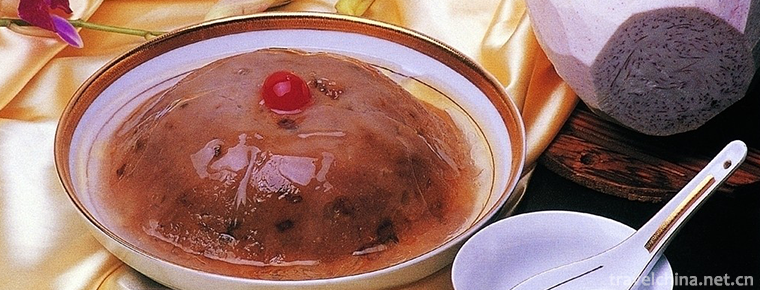
-
Guangfu Ancient City Scenic AreaHandan City Hebei Province
Yongnian Guangfu City, also known as Yongnian City , Guangfu Ancient City , Ancient City , Guangfu City , Shuicheng , Taiji City , Shuicheng , is located in the southeast of Hebei Province.
Views: 176 Time 2018-11-24 -
Water Margin City Scenic Area of the Three Kingdoms
The Wuxi Film and Television Base of CCTV is the first large-scale film and television shooting and tourism base in China. Founded in 1987, it is the first theme park in China that combines film and t.
Views: 154 Time 2018-12-18 -
Huang Yaguan the Great Wall
The Great Wall of Huangyaguan lies in the mountains 28 kilometers north of Jizhou District. Historically, there were 18 garrison piers and abutments in Jizhou City. Huangyaguan Pass .
Views: 63 Time 2019-01-19 -
Subashi Buddhist Temple Site
Subashi Buddhist Temple Site , also known as Zhaohuili Temple, is located in the south foot of the Queletag Mountains in the northeast of Kuqa County, Xinjiang. It is a national key.
Views: 157 Time 2019-02-13 -
Zhangjiakou Zhangbei Grassland
Zhangbei grassland is located in Zhangbei County, 70 kilometers northwest of Zhangjiakou. It consists of two grasslands, Zhongdu and Angoli. In Zhangbei grassland, you can ride horses and shoot arrows.
Views: 172 Time 2019-03-10 -
Duyi barley roasting technology
Duyi Maiguan was opened in 1738, the third year of Qianlong in Qing Dynasty. The entrepreneur's surname is Wang, and his native place is Shanxi. For the first time.
Views: 204 Time 2019-04-28 -
Fuzhou Reviews
Fuzhou dialect commentary is a unique traditional form of storytelling in Fuzhou dialect of Fujian Province, which is popular in Fuzhou, Fujian Hou, Yongtai, Changle, Lianjiang.
Views: 129 Time 2019-04-30 -
Hui Banquet Song
The Hui banquet song is one of the folk songs sung by the Hui people at weddings, festivals and Islamic festivals. Also known as "Family Music" and "Vegetable Music"..
Views: 352 Time 2019-05-04 -
Legend of Li Shizhen
Li Shizhen is a great medical scientist in Ming Dynasty in China. His footsteps have traveled all over Jiangxi, Jiangsu, Anhui, Hunan and Guangdong. The legends about him and Compendium of Materia Med.
Views: 197 Time 2019-05-13 -
Qinghai Han Minority Folk Minor
Qinghai Han folk minor is one of the genres of Chinese folk songs. Generally speaking, it refers to folk songs and dances popular in town fairs. Through the spread of the past dynasties.
Views: 442 Time 2019-06-10 -
Elbow pounding
This is a rather mysterious school, which originated from a famous family in Linqing, and is closely related to the chivalrous spirit inherent in the Chinese people; it is a fierce school, but it has .
Views: 417 Time 2019-08-10 -
Introduction to Panzhihua
Panzhihua, a prefecture level city of Sichuan Province, is located in the southernmost end of Sichuan Province, 614 km away from Chengdu in the north, 273 km from Kunming in the South and Lijiang and Dali in the West; it is located in the central and southern section of Panxi Rift .
Views: 331 Time 2020-12-14

